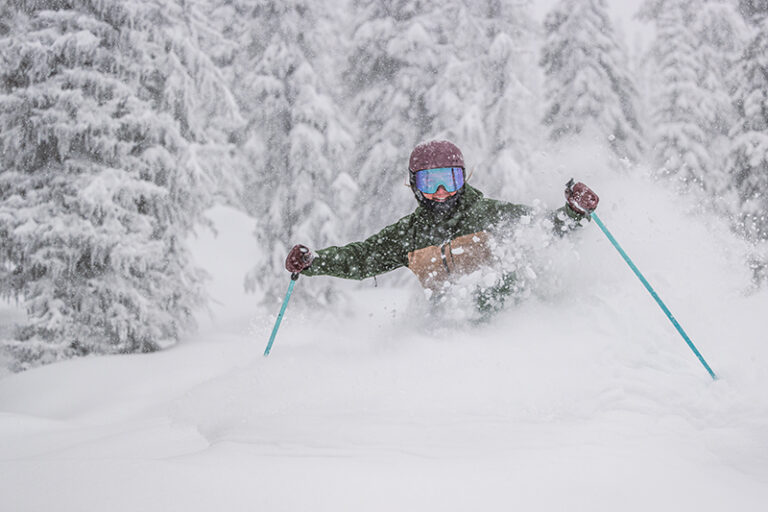May is for morels, mycophiles say. But at “Out There Monthly,” May is for corals! No scuba gear required because the forest corals are terrestrial fungi in the genus ramaria.
Corals are more prolific in the Northwest than anywhere in North America and possibly on Earth. Showing up a couple weeks after morels start and continuing into June (bolete season), corals grow sporadically along trails or shallow draws in conifer woods, especially with hemlock. About every third year they flow down the hills in abundant veins of gold. Which makes them one of the few mushrooms mountain bikers can gather, being visible at high speeds.
Precise identification of corals can be difficult, especially in the fall when new and diverse species arise. So here are the three important guidelines:
1. Collect ramarias in spring only.
2. Stick with bright colors: white, yellow, orange, purple, etc.
3. Use larger specimens, i.e. fist-size or bigger when young.
Though not dangerous, the small, brown corals can make you sick. The only time I’ve been poisoned in 25 years of foraging was trying to identify one of these buggers. After microscopically narrowing it down to two options – one with a purgative effect, the other without – I cooked it up, ate a tablespoon, had a “mushroom flu” for a couple hours and was thus able to correctly identify it. For normal people, stay with the guidelines.
Corals, though not prized cuisine, are included here because of their prominence in the region. The flavor is clean with a hint of forest floor. Firm specimens are best, as ramarias become wormy if the weather’s too warm or wet. Once home, shake them clean but don’t wash until prep time. Their flesh crumbles easily, so to rid their dense branching bodies of duff, use a kitchen sprayer.
Corals work in most mushroom dishes. Along with slicing, they can be broken into attractive bite-size florets that I find visually appealing in soups. They lend themselves well to broth; we reduce them into Italian brodo with tortellini. Like tilapia or zucchini, they offer value and versatility over greatness.
In good years, such large quantities can be found that methods of preserving must be pursued. Blanched and placed in quart freezer bags, they’ll last about a year. For a delicious broth, cook older specimens in your largest soup pot with an onion and some garlic cloves. Freeze in ½ gallon containers and use in soups, sauces or risotto. Pickling firms up the texture, and they’re an unusual crudités option. Break them apart into broccoli like fronds before packing the jars. Unlike most mushrooms, Ramarias don’t dry well, becoming musty and developing poor texture when reconstituted.
Identifying Attributes: Resembles ocean coral with upright branching fingers. The flesh is brittle. Grows on the ground in rich humus and decomposing wood.
Cautionary Points: Avoid large portions your first time, as certain people experience a laxative effect. Steer clear of small brown corals.
Culinary Attributes: Offers versatility over haute cuisine. The understated forest flavors work with most sauces. Well suited for preservation, but not drying.
Wine Pairings: French Cabernet Franc, Montepulciano D’Abruzzo, or Cru Beaujolais. //













